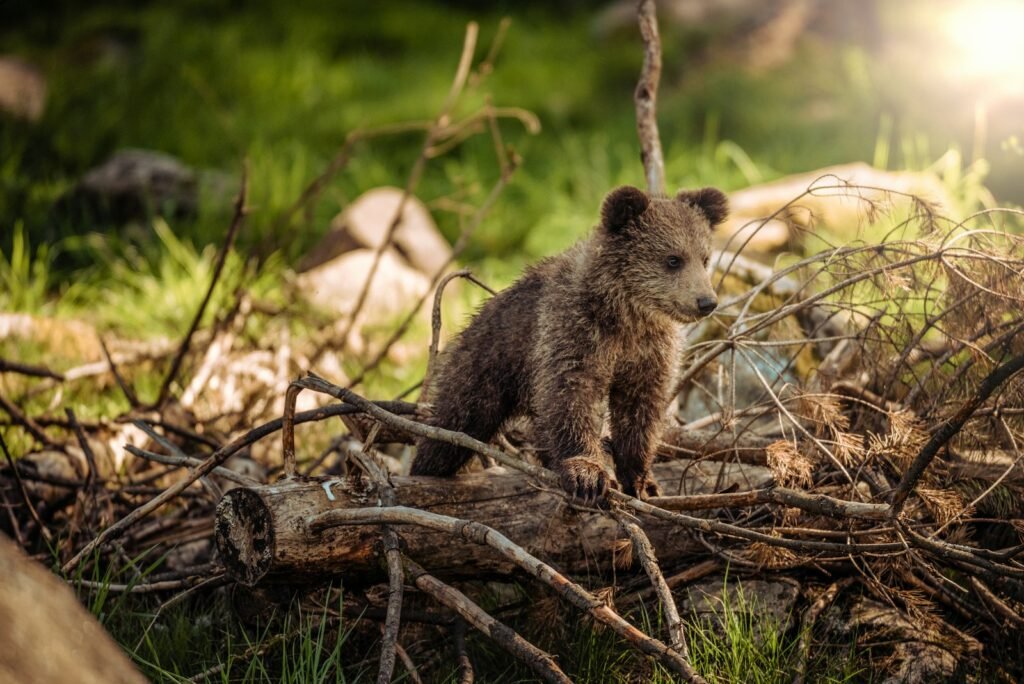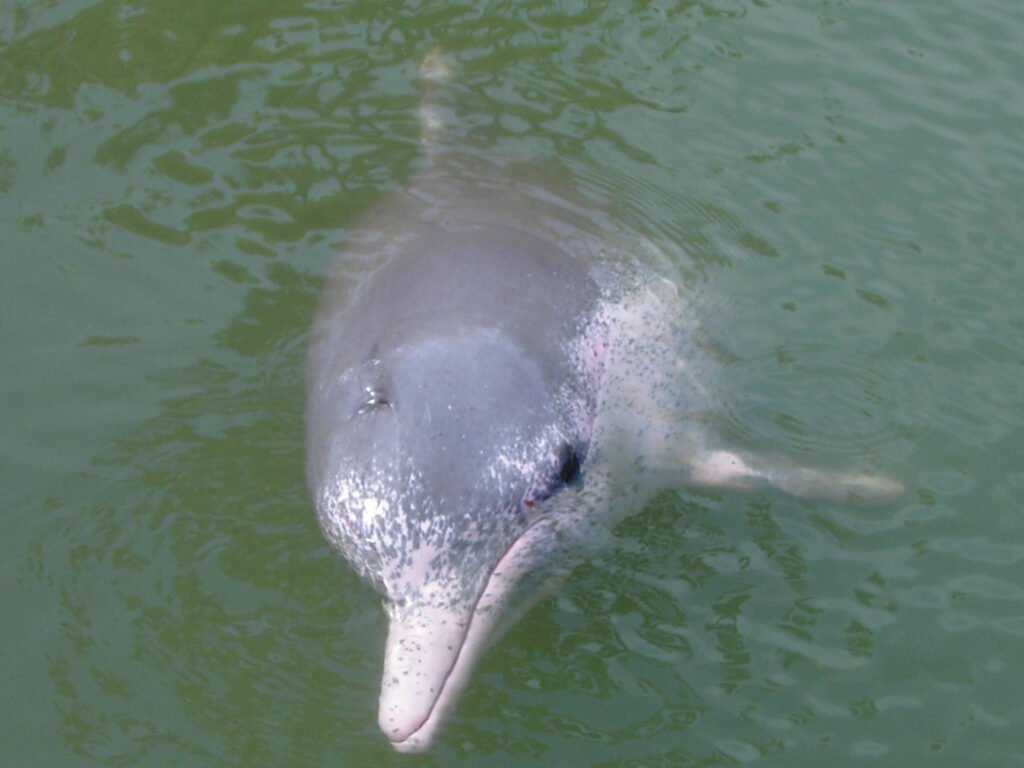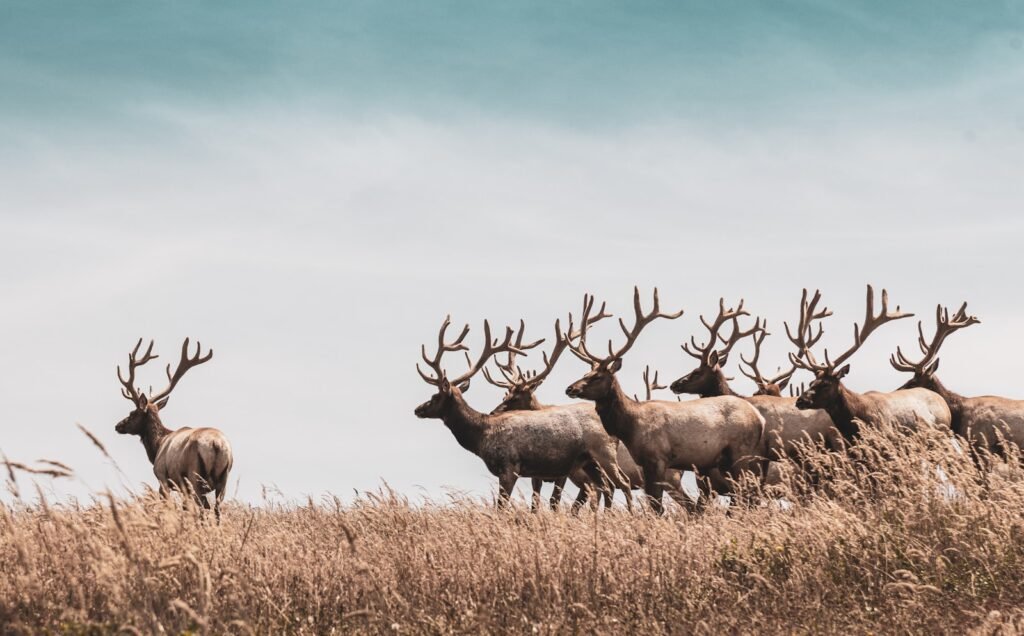It’s a startling sight—one moment you’re walking through the shaded trails of MacRitchie Reservoir Park, and the next, a troop of macaques swings down from the trees, their eyes gleaming with curiosity. In a city famed for its sleek skyscrapers and relentless drive toward innovation, the presence of wild monkeys seems almost surreal. Yet, here in the heart of Singapore, nature and urban life intertwine in ways that are both delightful and challenging. The monkeys of MacRitchie aren’t just city residents—they’re vibrant reminders of the wild world thriving beside us, inviting us to rethink what coexistence truly means.
Singapore’s Green Heart: The Lush Sanctuary of MacRitchie Reservoir
MacRitchie Reservoir is more than just a patch of greenery—it’s a living tapestry of rainforests, streams, and hidden groves. Nestled within Singapore’s Central Catchment Nature Reserve, this sanctuary covers hundreds of hectares, offering a rare escape from the city’s constant motion. The dense canopy hums with the sounds of cicadas, the air thick with the scent of damp earth and wild orchids. For city dwellers, MacRitchie is a pocket of wilderness, a place where humans and wildlife share the same space, if only for a moment. The monkeys here are a living testament to the park’s ecological richness, their presence woven deep into its story.
A Surprising Neighbor: The Long-Tailed Macaques
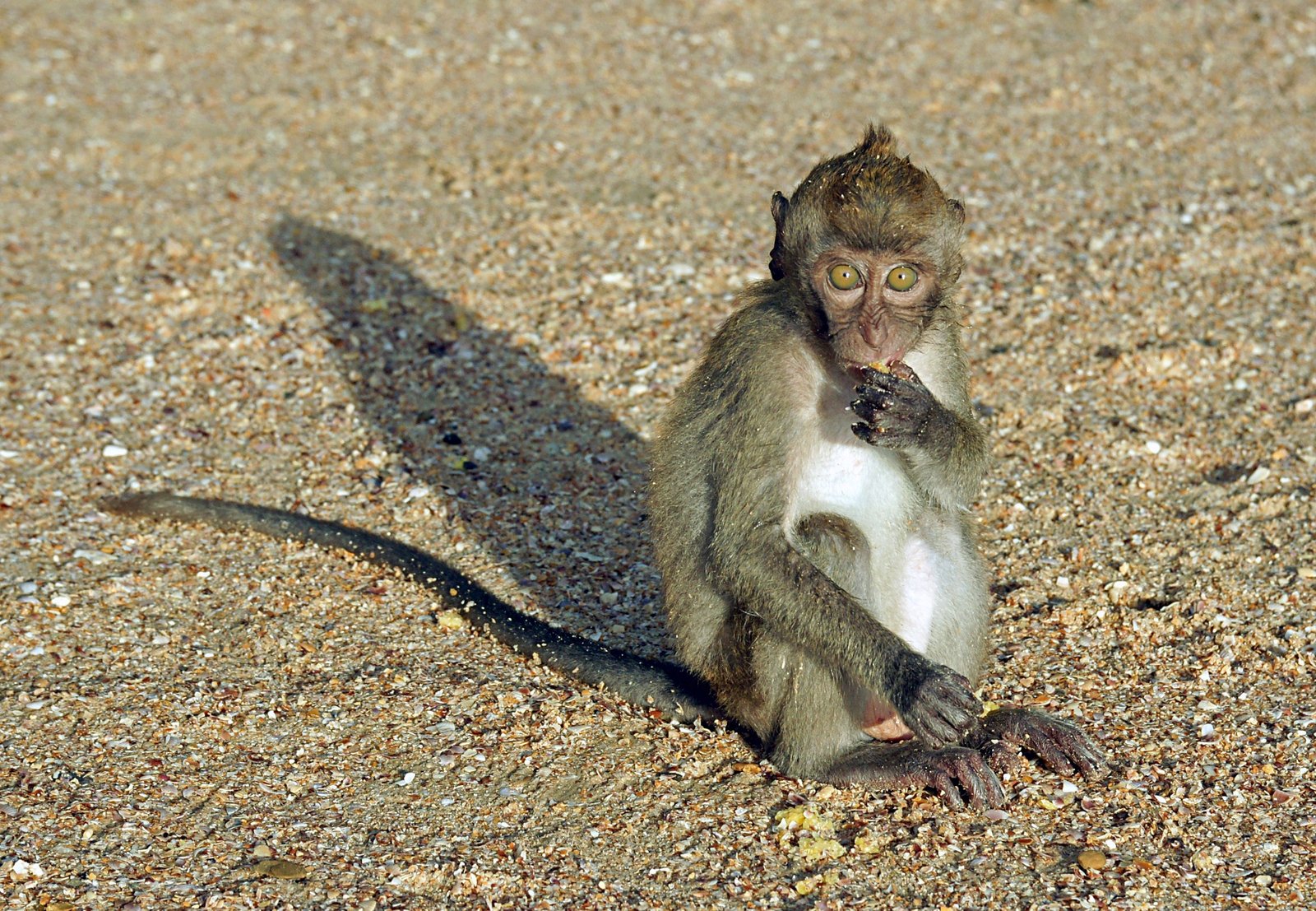
The true stars of MacRitchie are the long-tailed macaques, scientifically known as Macaca fascicularis. These monkeys are clever, social, and endlessly entertaining, darting between branches and balancing on railings with enviable ease. Their expressive faces mirror a range of emotions—from mischief to caution—reminding us how closely related we truly are. Macaques are adaptable, thriving in both dense forests and the edges of human habitation. In MacRitchie, they’ve learned to navigate both the wild and the urban, making them iconic residents of Singapore’s green heart.
Monkeys and Modernity: A Tale of Two Worlds
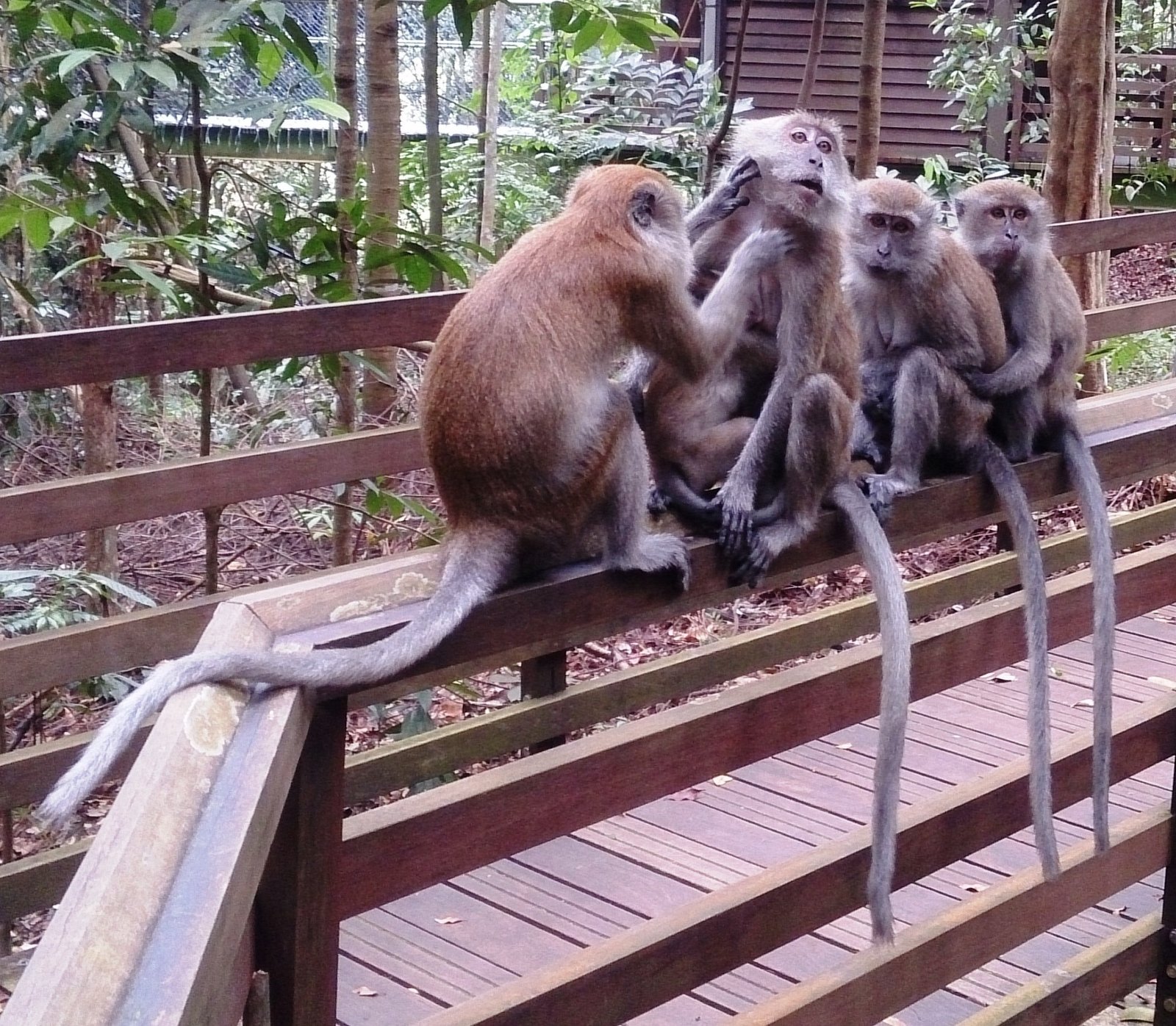
Singapore is celebrated for its dazzling skyline and technological prowess, but MacRitchie’s monkeys are proof that wildness endures alongside progress. While the city races toward the future, the macaques continue ancient routines—grooming, playing, and foraging among the trees. Their daily lives unfold against a backdrop of joggers, school groups, and tourists, creating moments of awe and sometimes friction. The juxtaposition of monkeys and modernity sparks questions about balance: How do we preserve wild habitats amid relentless urban growth? Can technology and nature truly coexist without conflict?
Social Lives in the Canopy: Monkey Hierarchies and Dynamics
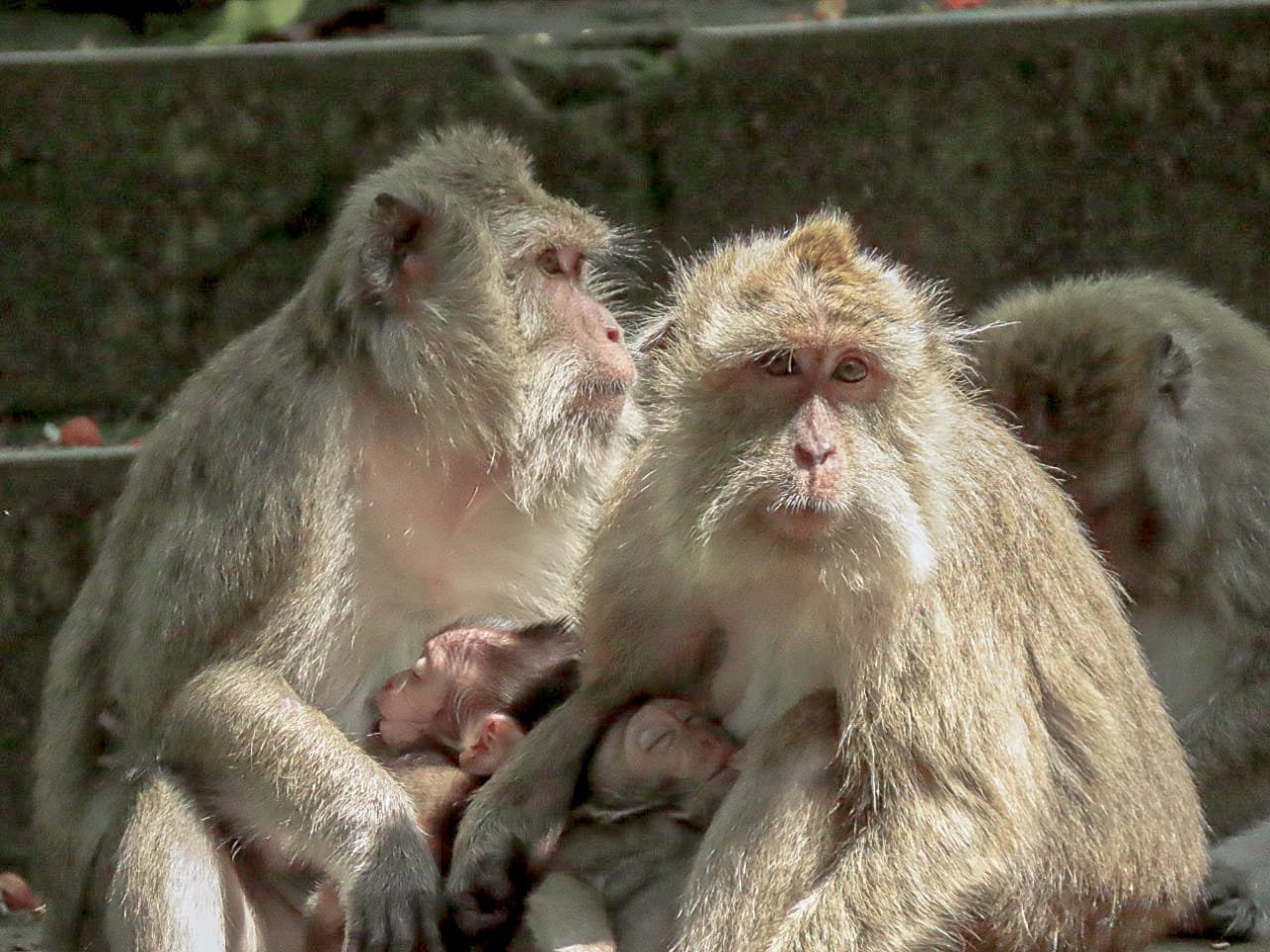
Macaque society is intricate and dynamic, governed by complex hierarchies that shape every interaction. Troops are led by dominant females, with strong social bonds forged through grooming and shared vigilance. Youngsters tumble and wrestle, testing boundaries, while elders keep a watchful eye. Conflicts erupt, but are just as quickly resolved with appeasement gestures. Observing these social dramas from the boardwalks and trails offers a glimpse into a world as rich and nuanced as our own, reminding us that the line between “human” and “animal” is often blurred.
Foraging and Feasting: What MacRitchie’s Monkeys Eat
In the dense forest, monkeys spend much of their day searching for food—fruits, seeds, leaves, and even insects. Their diet is shaped by the changing seasons, with fig trees and rambutan offering feasts at certain times of year. However, the proximity to humans has introduced a new menu: discarded snacks, bread, and the occasional potato chip. While this might seem amusing, it can disrupt their natural foraging habits and health. The shift in diet highlights the complex impact of human presence on wildlife, sparking ongoing efforts to educate visitors about responsible behavior.
Encounters on the Trail: The Human-Monkey Interface
For many visitors, encountering a macaque troop is thrilling—until a monkey snatches a water bottle or boldly rummages through a backpack. Such interactions have become common, as the monkeys have learned that humans often carry edible treasures. While some people find these moments hilarious or heartwarming, others feel uneasy or even threatened. These encounters are a daily reality in MacRitchie, reminding us that sharing space with wildlife means adapting our own habits and expectations, not just admiring animals from afar.
Challenges of Coexistence: Conflict and Conservation
As the city grows, the boundaries between human and monkey habitats blur, sometimes leading to tension. Reports of monkeys raiding homes or becoming aggressive have prompted calls for stricter management. Conservationists warn, however, that removing or culling monkeys can disrupt entire ecosystems. Instead, they advocate for coexistence strategies—educational programs, better waste management, and “monkey-proof” bins—to reduce conflict without harming the animals. These efforts reflect a broader question: How do we protect both people and wildlife in an ever-changing urban landscape?
The Science of Urban Wildlife: Studying MacRitchie’s Monkeys
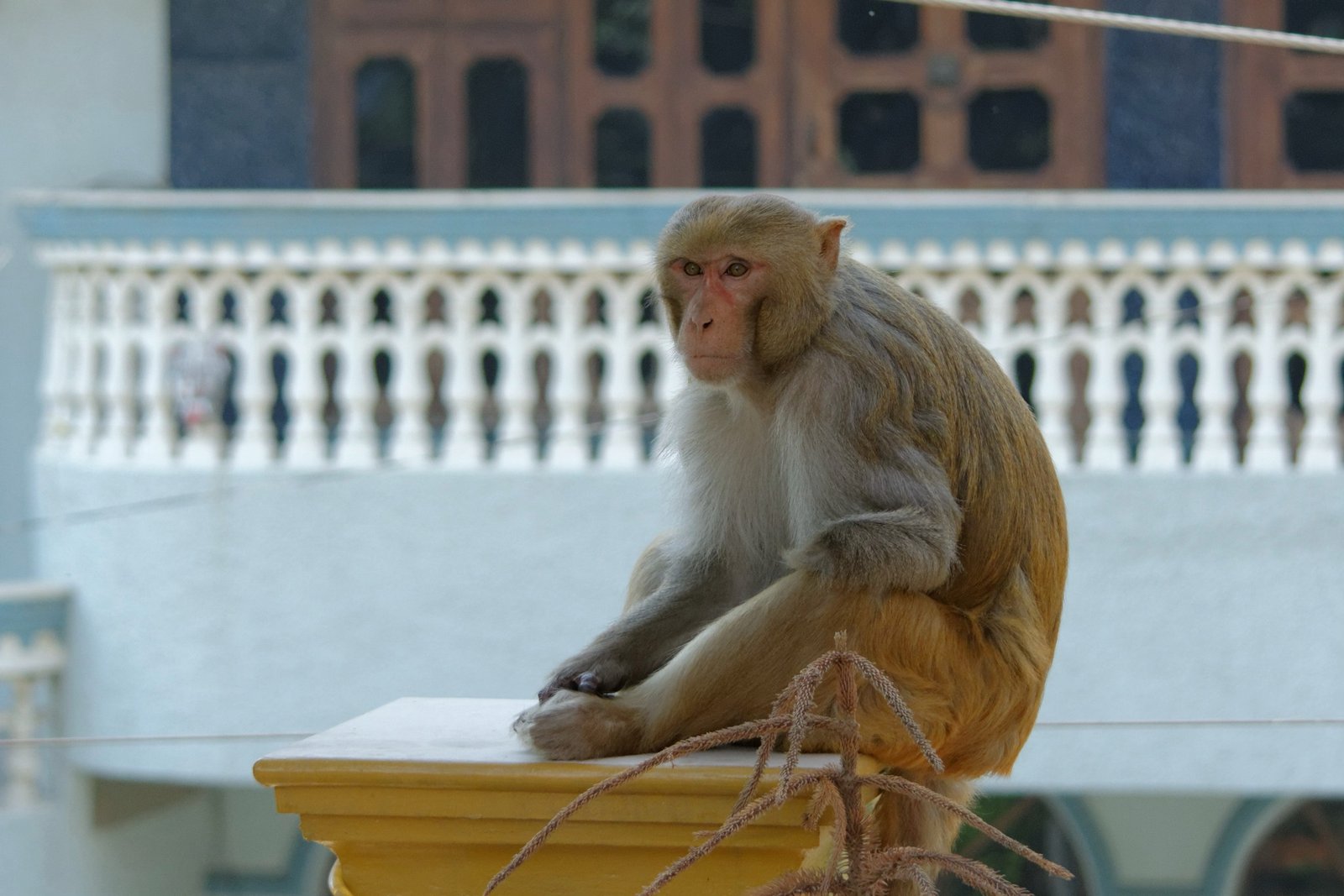
Researchers flock to MacRitchie to study the unique blend of urban and wild behaviors displayed by its monkeys. Using GPS collars, camera traps, and behavioral observations, scientists track troop movements, social dynamics, and responses to human activity. Their findings reveal astonishing adaptability: some monkeys develop new foraging techniques, while others change their social strategies in response to city life. These studies not only deepen our understanding of macaques but also shed light on the broader challenges faced by urban wildlife worldwide.
Respecting Wildness: How Visitors Can Make a Difference
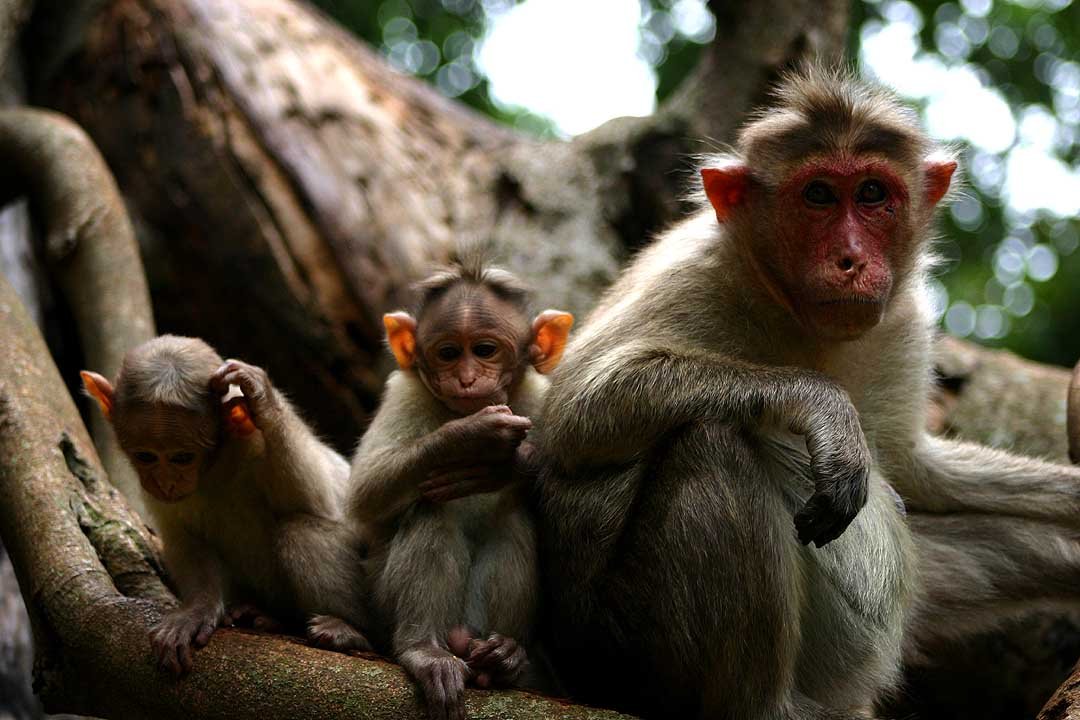
The future of MacRitchie’s monkeys depends on the choices we make today. Simple actions—like not feeding wildlife, securing belongings, and keeping a respectful distance—can profoundly affect both monkey behavior and overall safety. Visitors are urged to see themselves as guests in a wild home, responsible for safeguarding its delicate balance. Educational campaigns throughout the park remind everyone that a little respect goes a long way in preserving the magic of human-animal encounters.
A Living Lesson: What MacRitchie’s Monkeys Teach Us
MacRitchie’s monkeys are more than just urban wildlife—they are living reminders of resilience, adaptability, and the possibilities of coexistence. Their presence challenges us to rethink the boundaries between city and nature, to recognize that wildness persists even in the heart of modernity. Observing their lives, we’re offered a mirror to our own social bonds, struggles, and need for connection. In their playful antics and fierce loyalty, there’s an invitation to wonder, to respect, and to learn from the world beyond our screens and skyscrapers.
Reflections on Urban Wildness
In the ever-evolving dance between concrete and canopy, the monkeys of MacRitchie stand as symbols of hope and challenge. Their survival in the shadow of skyscrapers speaks to the power of adaptation and the importance of preserving green spaces in our cities. Each encounter—whether filled with laughter, surprise, or caution—builds a bridge between worlds that too often seem apart. The next time you walk those forested paths, will you see the monkeys as intruders or as neighbors with their own wild wisdom to share?


